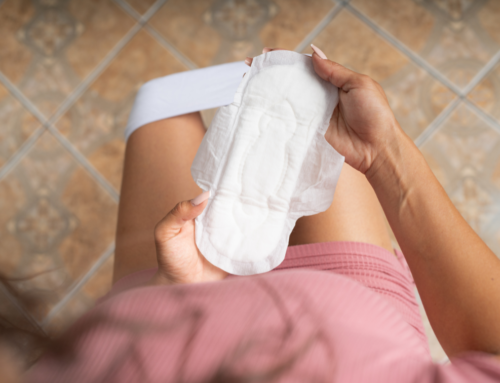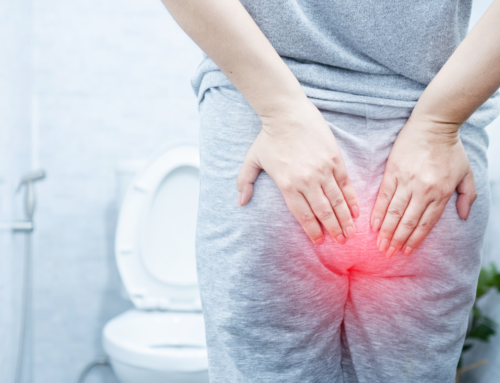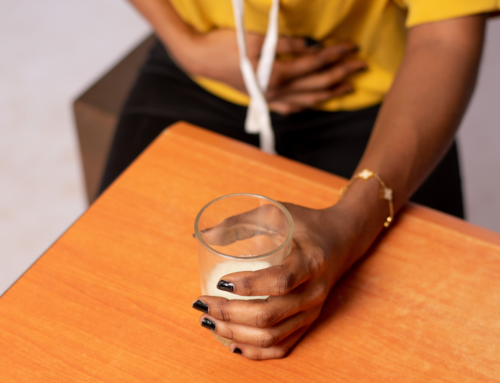Pelvic Organ Prolapse (POP)
There are three organs in the pelvic cavity; The uterus, the bladder, and the rectum. Pelvic Organ Prolapse is a general term used when the support for one, or a combination, of these organs begins to weaken. The organs begin to sag or drop lower in the pelvis.
Mild Prolapse (Grades 1 or 2) remains inside the pelvic bones and above the pelvic floor. Symptoms can include a sensation of heaviness “down there” and discomfort with sex, or use of tampons. In addition, the drop in position can affect the track used to eliminate waste out of the body from these organs. A variety of problems with urine or stool can occur.
If the organs continue to drop, they can press into the vaginal wall and begin to push down and out of the vagina. A grade 3 or 4 prolapse will likely include more intense symptoms of heaviness and feeling of fullness in the vagina. You may be able to see tissue coming out of the vagina using a mirror, or feel it protruding. Sex is likely to be painful, and may cause bleeding.
 What to do about Pelvic Organ Prolapse
What to do about Pelvic Organ Prolapse
Okay, first of all, don’t panic. I know it can be very scary to look down and see something that is not supposed to be there. Or feel something that feel like a wad of gum where it should definitely NOT be.
Mild cases can improve significantly with Pelvic Floor PT. There are good solutions for more severe cases as well. Keep in mind that vaginal tissue is more susceptible to germ and bacteria than epidermis (regular skin), so protect it of you can. Keep the area clean and moist. Reduce friction by avoiding tampons, for now. Be very gentle with intercourse. At least until you can find out what exactly is happening.
If you suspect pelvic organ prolapse, it is a good idea to get a professional assessment. An assessment at your OB/GYN, or at a pelvic health therapist, will help determine how to best address the problem. Treatments options can include Pelvic Floor Physical Therapy, use of a pessary (a device that is inserted into the vagina to support the sagging organ), lifestyle changes to manage urinary and stooling issues, and corrective surgery.
For more information see the information available at the Office of Women’s Health.







